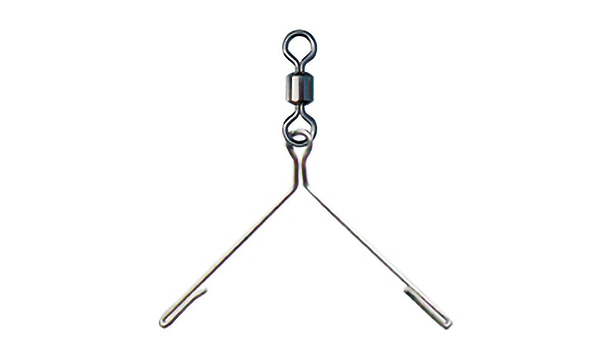

Most of the fishing tackle rods are made of plain fiber […]
Most of the fishing tackle rods are made of plain fiberglass cloth and unsaturated polyester, which are commonly known as fiberglass fishing rods. There is also a composite processing of carbon fiber and unsaturated polyester, which is called carbon fishing rod. Because the price of carbon fiber cloth is much higher than that of glass fiber cloth, carbon fishing rods are much more expensive than fiberglass fishing rods.
The strength of carbon fiber is higher than that of glass fiber, but the weight is very light. The hand rod made of fiberglass is lighter in weight under the same strength as the fiberglass hand rod, so it is very popular among competitive fishing enthusiasts. The hard adjustment rod of the fishing tackle can not only use the drag force generated by moderate elasticity to buffer and protect the fishing line, but also try to avoid tearing the fish lip due to the excessive hardness of the fishing rod. Moderate tonality can also produce a good feel, which can add a lot of fun to fishermen. The tonality actually refers to the strength of the hand rod, which refers to how much weight can be lifted through the tip of the rod when the tail section is kept horizontal, and how much the rod body bends at the same time.
The greater the load-bearing, the smaller the bending of the fishing rod, and the harder the adjustment. The radian of the fishing rod with good uniformity after being bent under force is in a state of smooth transition; the radian of the fishing rod with poor uniformity has dead corners. The joint rod is connected to the interface of the upper section. Whether the wall thickness of the socket is consistent and whether the cross-section of the socket is flat is an important link to reflect the quality of the plug-in rod. The method of checking the socket is to slowly insert the upper section into the lower section. During this process, there should be no looseness and tightness. It should be inserted more tightly. After plugging in tightly, there should be no shaking at the interface, and the shaking of the fishing rod has a seamless feeling, and there is no noise caused by friction between the knots due to loosening. The greater the vacuum suction force when each section is pulled out, the tighter the upper and lower insertion is.

The length of the upper section of the fishing tackle rod inserted into the lower section. Each section should gradually increase the insertion amount from top to bottom. Generally, the insertion amount of the first section (rod tip) is not less than 6 cm. When using a plug-in rod, it should be inserted in sequence from the tip of the rod. When plugging it slowly, make sure to insert it to the bottom. Inserting too fast will accelerate the wear of the inner and outer walls of the rod and cause loosening. After each inserted section is in place, turn the inserted section counterclockwise slightly to lock the socket, and the rotation angle should not be too large, about 5 degrees is appropriate. When exiting, turn the lock clockwise to unlock and then pull out the upper section. The soft braided tube (a kind of chemical fiber fabric) bonded to the tip of the pole is used to fix the large wire.
After the new fishing rod is purchased, the braided tips should be processed. Counting from the tip of the pole, tie a dead knot at the end of the braid one centimeter long, cut off the excess braid tip, and then bake the braid with a lighter to let it melt into a small ball naturally. That way the knot won't come off again. Then use quick-drying super glue with good water resistance, and then put a small drop of glue on the original bonding place of the braided tip, and let the glue penetrate a little above the braided tip, about 5 mm. This array is done, one is to strengthen the bond between the braid tip and the rod tip, and the other is to protect the braid from being worn off by the rod tip. However, it is important to note that the glue must be less dripped. If the braid is completely soaked in glue and becomes rigid, it will be difficult to tighten the fishing line on the tip of the braid, which will cause the large line to fall off during use.
The insulating handle is made of a kind of insulating heat-shrinkable rubber, which can be used for insulation on the bottom of the hand pole, commonly known as the rubber sleeve of the anti-electric handle. When buying an anti-electric handle, it must be about 5 cm longer than the bottom handle of the fishing rod, and the thickness should be as appropriate as possible. If the original bottom handle is wrapped with a layer of wire, it is best to remove the wire first and then install the anti-electric handle, so that the effect of the installation is more beautiful, and the diameter of the frame can not be increased. Taking into account the heat shrinkage of the grips during installation, after the insulating grips are put on, the grips should be flush with the bottom end of the fishing rod. Then use a hair dryer of more than 1000 watts to heat gradually until the sleeve shrinks and wrap the frame tightly, and then use a cutter to cut off the excess part. It can also be heated directly on an open flame, but the action should be fast, so as not to burn the frame.